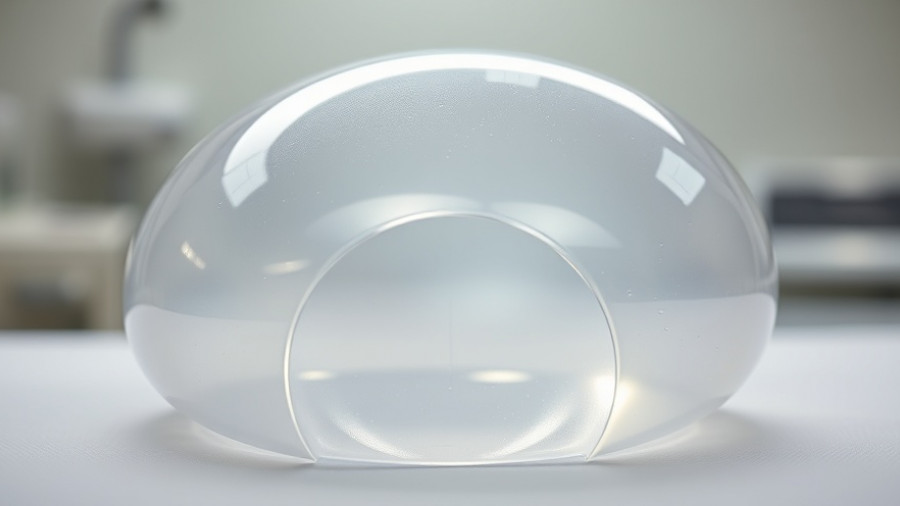
Understanding the Importance of Temple Region Injectables
The landscape of facial aesthetics has evolved dramatically in recent years, with a significant focus on the temple region. This area, often overlooked, is now recognized as crucial for achieving a harmonious and youthful facial profile. At the Aesthetic MEET 2025, a panel of experts, including Dr. Jason Bloom and Dr. Chris Surek, gathered to provide practitioners with essential insights into effectively administering injectables in the temporal region.
Mastering Injection Techniques: A Lesson from Experts
Moderated by Dr. Bloom, the session titled "Learn It Live: Masterclass in Facial Injections" featured detailed anatomy lessons that emphasized the complexities of the temple area. Dr. Surek outlined how understanding anatomy not only enhances an injector's capability but also reassures patients about the process and outcomes. He stated, "Knowledge is power. Educate yourself, educate your patients on what's happening in their face and what is happening with their anatomy." This highlights the dual responsibility practitioners have—to refine their techniques while simultaneously fostering patient understanding.
Key Injection Targets: A Breakdown of the Anatomy
During the presentation, Dr. Surek identified four primary targets when injecting in the temple: one deep on the bone, two intermediate locations, and one superficial target. Each layer of tissue offers a unique opportunity for filler accumulation, particularly the subcutaneous fat layer which, as Dr. Surek described, is ideal for product placement. He explained that as people age, the deep fat compartments in the face may deflate, making the selection of injection sites even more crucial. This well-structured approach ensures that injectors have a roadmap to navigate the intricacies of the temple region.
Demystifying the Injection Procedure for Patients
Explaining the procedure to patients can be an effective strategy for enhancing their comfort. Dr. Surek advised practitioners to convey that injections in the temple can camouflaging bony hollows that become prominent with age. Communicating this can not only demystify the process but can also manage patient expectations more effectively.
The Seven Layers of the Temple Region: What Every Injector Must Know
In the context of temple injections, Dr. Surek emphasized the importance of recognizing seven distinct anatomical layers:
- Bone
- Temporal muscle, which is notably thick and strong
- Deep temporal fascia
- Intermediate temporal fat pack
- Interfascial plane, crucial for avoiding the superficial temporal artery
- Superficial musculoaponeurotic system (SMAS)
- Superficial temporal fat, which is rich and fibrous
This layered understanding piece imparts essential knowledge that can inform safe and effective injecting methods, underscoring how critical it is for injectors to prioritize anatomical awareness.
The Future of Injectables: Trends and Innovations
As the field of aesthetics evolves, ongoing education becomes increasingly vital. Future trends will likely emphasize patient education and preparing caregivers to adapt to advancements in techniques and products. For practitioners, this means committing to lifelong learning to remain competitive and knowledgeable, ensuring their practice not only follows trends but sets them.
Conclusion: Elevating Standards in Aesthetic Practice
The insights shared at the Aesthetic MEET 2025 serve as a powerful reminder that understanding facial anatomy and effective communication with patients are central to successful injectables in the temple area. As a result, practitioners are encouraged to continue refining their expertise and educating their clients. In doing so, they will contribute to elevating the standards within the aesthetic practice, ultimately benefiting both themselves and their patients.
For more resources and ongoing education on aesthetic practices, stay tuned to the latest developments in the industry!
 Add Row
Add Row  Add
Add 




Write A Comment